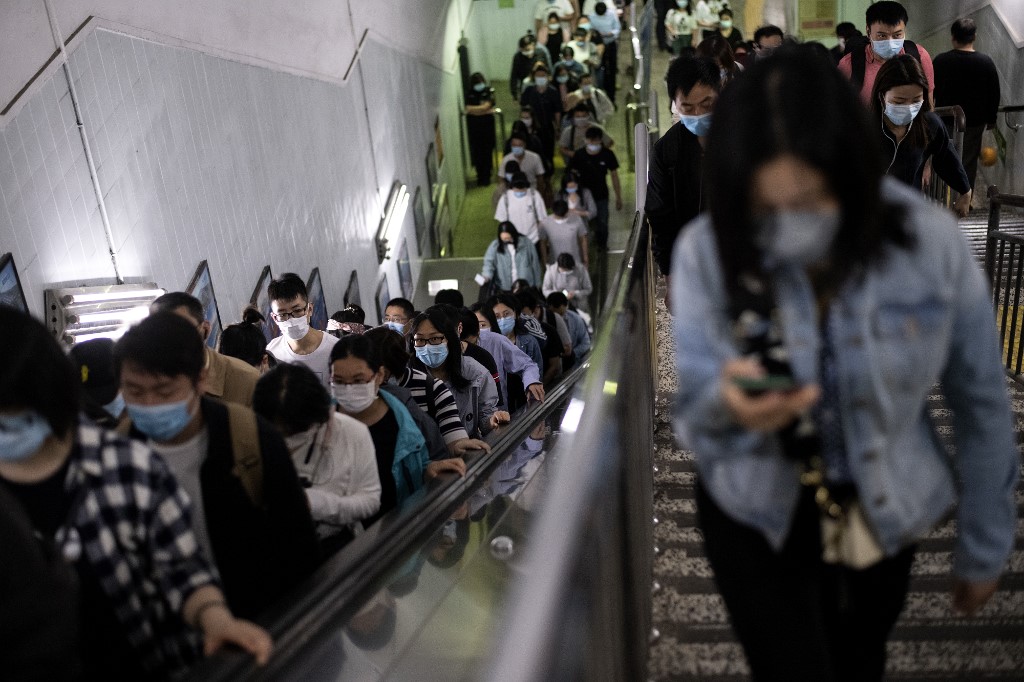(ATF) A rebounding economy, a central bank with firepower and accelerating foreign inflows make the outlook attractive for China’s bond markets in the second half of the year.
China’s central bank has become more cautious as the economy turned around strongly in the second quarter after recording its first contraction since 1992 in the previous quarter.
But the strong rebound masks an uneven recovery, warn HSBC economists, underlining the lag in the private sector which holds the key to stabilising jobs, a top policy goal this year, as it employs 80% of urban workers.
“All this means that the PBoC’s job is not yet done, as more policy easing is needed from the monetary side to revitalise the private sector,” HSBC economists Qu Hongbin and Jingyang Chen said in a note.
“The central bank likely intends to save some policy room amid lingering uncertainties over global growth and China-US tensions.”
Ahead of the recovery, the central bank was proactive – MLF rates were cut by 30 basis points and re-lending and re-discount rates were cut by 25bps, besides three cuts to the RRR, which unleashed 1.8 trillion yuan of liquidity.
Deutsche Bank said China’s monetary policy will be less accommodative in H2 than in H1, but they expect offshore inflows to accelerate in H2 on valuation, index inclusion and diversification allocation.
“The valuation of CGB and policy bank bonds is increasingly attractive to global reserve managers and offshore institutions on widening China-US interest rate differential,” said Linan Liu, Deutsche Bank analyst in a note.
Liu said the flows will also be driven by “the prospect of RMB bonds to be included into another major global bond index as China continues to relax market access and integrate interbank bond market with exchange market and diversification allocation demand into RMB assets given the weakening trend of the USD.”
Earlier this month China decided to connect its interbank and exchange bond markets in a move seen simplifying the entry for foreign investors.
Firming economy
After the world’s second largest economy saw Q2 GDP growth swinging up to 3.2% year-on-year from -6.8% in Q1, the positive trend is seen intact.
CEB International expects domestic demand in the second half to drive year-on-year GDP growth of 5%.
Banny Lam, head of Research of CEB International, said in a note that because of the weak global economic recovery and escalating US-China trade tensions, China would cushion itself from the weakening external trade by relying more on domestic growth drivers such as domestic fixed-asset investment and consumption.
“The central government will increase spending, tax relief and subsidies for virus-hit sectors while the People’s Bank of China (PBoC) will maintain ample liquidity in the financial system to spur bank lending and relieve financial burden of enterprises,” he said.
Sin Beng Ong, an analyst from JPMorgan Chase Bank’s Singapore branch, believes that China’s recovery will continue in H2, but with a softer momentum. He forecasts Q3 GDP to grow 6.2% year-on-year and that of Q4 to grow 5.7% year-on-year, which implies a full-year growth forecast at 2.5%.
PBoC support
Despite the strong rebound, the central bank will not let down its guard and will remain supportive.
JPMorgan, HSBC and CEB International believe the PBoC will continue to cut the RRR and lending rates in the second half.
“Income losses of households could drag on the magnitude of domestic consumption recovery; the uncertainty in the Covid-19 outlook may affect the pace of global economic recovery; and US-China tension more likely will further escalate into the election season. Hence, it’s too early to think of policy exit,” Ong from JPMorgan Chase Bank said in a note.
Lam from CEB International also believes that PBoC will widen the scope of RRR cuts and other lending facilities in 2020 in an attempt to allow more lenders supporting vulnerable sectors.
HSBC economists said the PBoC is likely to further cut the average RRR by another 50bp this year and forecast the one-year LPR to drop by another 30bp to 3.55% by end-2020 but added that the focus of monetary policy is likely to further shift from increasing new liquidity and credit towards improving the transmission mechanism to guide the incremental liquidity to flow to the private corporate sector.
Credit investors like it
July’s sharp sell-off in the bond market followed as monetary conditions tightened on the margin, heavy supply pressure loomed associated with fiscal expansion and an equity rally boosted risk appetite.
CITIC Securities said a clean-up and strengthening of bank balance sheets had lowered the need to offer high interest rates to attract deposits, reducing their funding costs.
Financial sector reforms had improved corporate balance sheets and this had also made the bond market attractive to credit investors.
Manulife Investment Management believes that state-owned enterprises and quasi-sovereigns will lead credit outlook in China.
“Investors should be notably positive on the state-owned enterprise (SOE) and real-estate sectors. These segments are crucial for a prolonged economic revival and should receive robust government support,” Manulife said.
A steepening credit curve indicated that markets are becoming more mature in credit risk pricing.
“We expect credit risk will remain stable in H2 and credit differentiation will favour highly rated credit name,” Deutsche Bank’s Liu said.
























